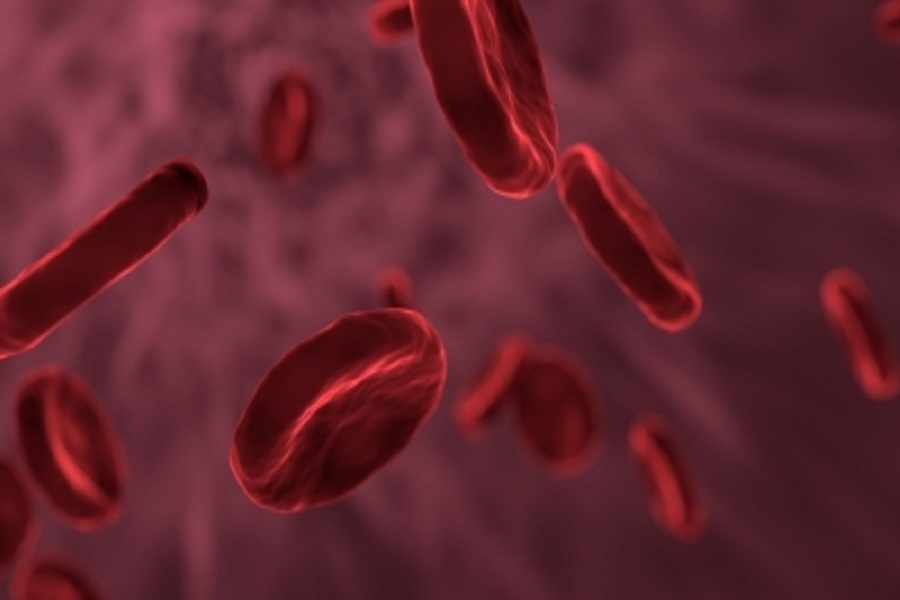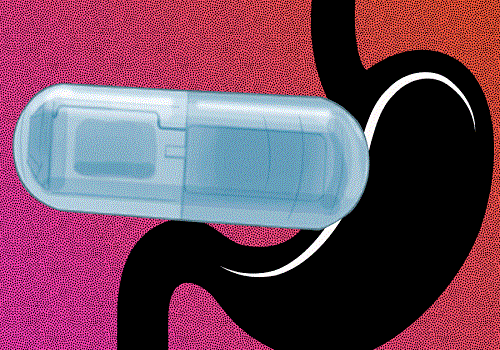Excessive screen time may raise risk of early puberty

Even as children are increasingly getting exposed to screens from a young age, a new study in rats showed that long-term exposure to blue light, emitting from smartphones or tablets, may lead to early puberty.
The findings linked the early risk of puberty with accelerated bone growth and bone age caused because of exposure to blue light.
The research, presented at the 62nd Annual European Society for Paediatric Endocrinology Meeting in Liverpool, is the first to explore the link between bone growth and pubertal development.
“This is the first study to show how blue light could potentially influence physical growth and development, prompting further research into the effects of modern screen exposure on children’s growth,” said lead researcher Dr Aylin K?l?nc Ugurlu, from Gazi University in Turkey.
As the study was conducted in rats, “we cannot be sure that these findings would be replicated in children but our data suggest that prolonged exposure to blue light accelerates both the physical growth and maturation of the growth plate, leading to early puberty,” Ugurlu noted.
When children grow they develop long bones such as the femur, which progressively elongates at each end. This eventually solidifies stopping growth in height. While girls reach their maximum height between ages 14 and 16, boys finish their growth between 16 and 18 years of age.
However recent studies have pointed out a rise in early puberty in both girls and boys. The studies show that the children might grow quickly at first but often stop growing earlier than usual. One factor may be the increased use of blue light-emitting devices, Ugurlu said.
The study was conducted on 18 male and 18 female rats aged 21 days old. These were divided into three groups of six and exposed to either a normal light cycle, six hours, or 12 hours of blue light until the first signs of puberty.
The team measured their length and femur and found that the rats exposed to blue light had faster growth, particularly in their bones.
“This means their bones matured too soon, which could potentially cause them to be shorter than average as adults,” Ugurlu said, stressing the need for more studies.
























